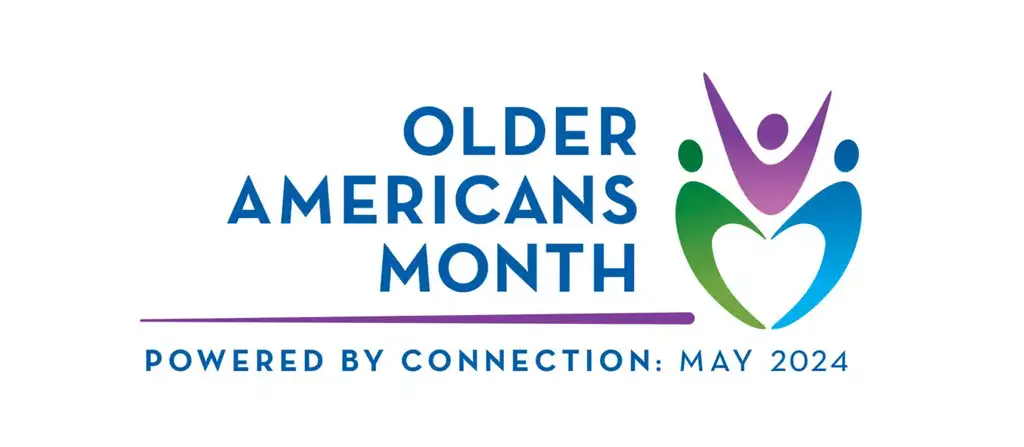The world’s population is getting older, with people living longer lives than ever before. This demographic shift, driven by longer life expectancies and declining birth rates, presents both challenges and opportunities related to aging for societies worldwide. In response to the aging population, there has been a surge in creative and innovative approaches aimed at improving the lives of older adults.
We’re seeing new technologies, changes in how we think about aging, and improvements in healthcare aimed at making life better for older adults.
Technological Innovations
Technology is playing a vital role in reworking how we care for and support aging populations. Wearable technology has become increasingly popular, providing older adults with tools to monitor vital signs and activity levels, promoting active and healthy lifestyles. Assistive technologies such as fitness trackers, smart watches, medical alert systems, and advanced hearing aids are also empowering older individuals to maintain independence and autonomy in their daily lives. For instance, fitness trackers and smartwatches can provide valuable insights into health metrics and offer reminders for when to take medication, while medical alert systems ensure prompt assistance during emergencies, and advanced hearing aids make it easier for older adults to communicate with others and stay engaged.
Smart home devices equipped with sensors and voice-activated controls enhance safety and convenience, while robotic assistance aids with tasks such as mobility and household chores. Smart home technologies are revolutionizing care for older adults by automating tasks such as lighting, temperature control, and security, which not only improves our living environments but also promotes independence. Features like fall detection and emergency alerts provide a safety net, promptly notifying caregivers or emergency services in case of incidents. This reduces the need for constant physical supervision and ensures older adults can live more safely and independently in their own homes.
Healthcare Innovations
Healthcare innovations are crucial in addressing the unique healthcare needs of aging populations. One notable trend is the advancement of personalized medicine and targeted therapies tailored to age-related diseases. Through precision medicine like pharmacogenomics, healthcare providers can better understand individual genetic profiles and develop treatment plans optimized for conditions such as Alzheimer’s disease, cancer, and cardiovascular disorders.
Pharmacogenomics is about understanding how a person’s genes affect their reaction to medicines. This is really important for older adults because it helps make sure the medicines they take work well and safely for them. Since older people often take a variety of medications for various health issues, using their genetic information can help doctors pick the best medicines and avoid those that might not work or could cause bad side effects. This way, treatment is more personalized and can prevent problems that might happen when taking certain medicines, making healthcare safer and more effective.
The trend towards integrative healthcare blends conventional medical practices with complementary therapies, acknowledging the complex link between physical, mental, and emotional health in treating age-related conditions. This holistic strategy might combine medication for high blood pressure with yoga to reduce stress or integrate physical therapy with acupuncture to manage pain without excessive reliance on painkillers. Emphasizing the root causes of health issues rather than just symptoms, this approach aims to improve the overall well-being of the elderly, leading to a more enjoyable and healthier aging process.
Policy Innovations
Government programs focused on active aging, lifelong learning, and age-friendly environments can empower older adults to remain engaged and productive members of society while fostering a sense of inclusivity across generations. Additionally, advocating for age-friendly policies in healthcare, housing, and employment is crucial for creating supportive environments that enable older adults to age with dignity and independence. By addressing these economic and policy implications, we can build a more resilient and equitable society that embraces the opportunities presented by an aging population.
That’s why the Senior Alliance is actively involved in advocating for age-friendly government programs and policies. Learn more about The Senior Alliance’s advocacy platform.
At The Senior Alliance
Incorporating technological advancements and innovative approaches to aging, The Senior Alliance is dedicated to providing comprehensive support to older adults. Our commitment extends beyond conventional care, encompassing a range of specialized offerings tailored to promote independence, well-being, and peace of mind. From companion pets to simplified music players and healthcare innovations like medication reminder clocks and Medical ID Bracelets, we strive to enhance the quality of life for aging adults and adults living with a disability in our community.
By embracing these changes and cultivating supportive environments, we envision a future where older adults thrive with dignity and fulfillment. As we navigate the complexities of aging, The Senior Alliance remains steadfast in our commitment to fostering a society that values and supports individuals of all ages, ensuring every stage of life is met with compassion, dignity, and respect. Join us in shaping a brighter future for older adults everywhere.









